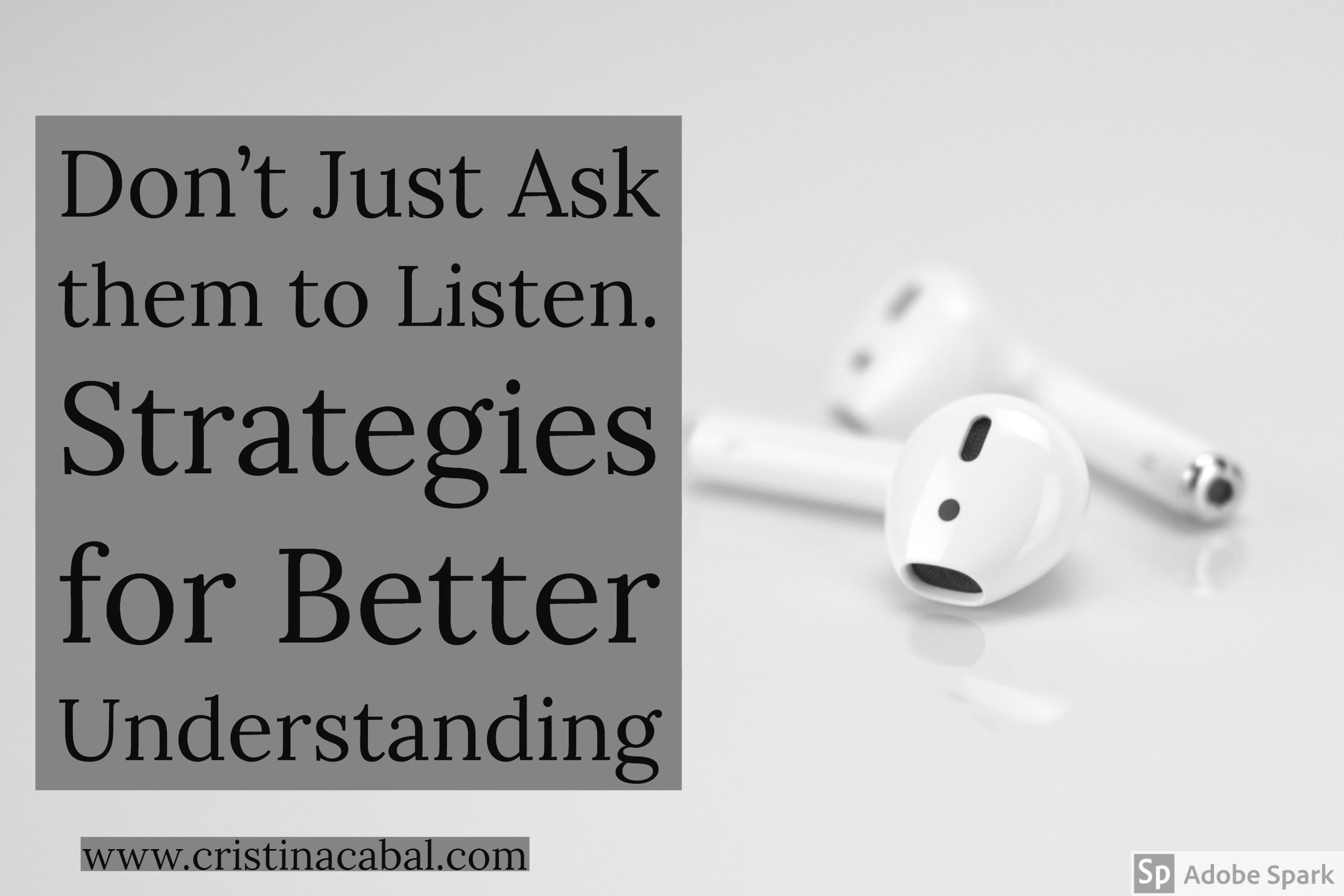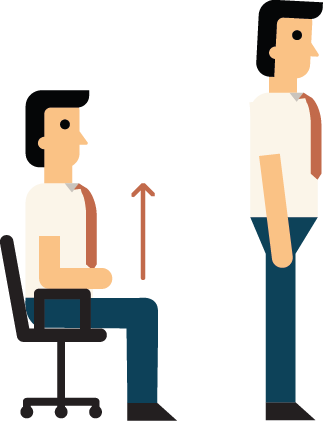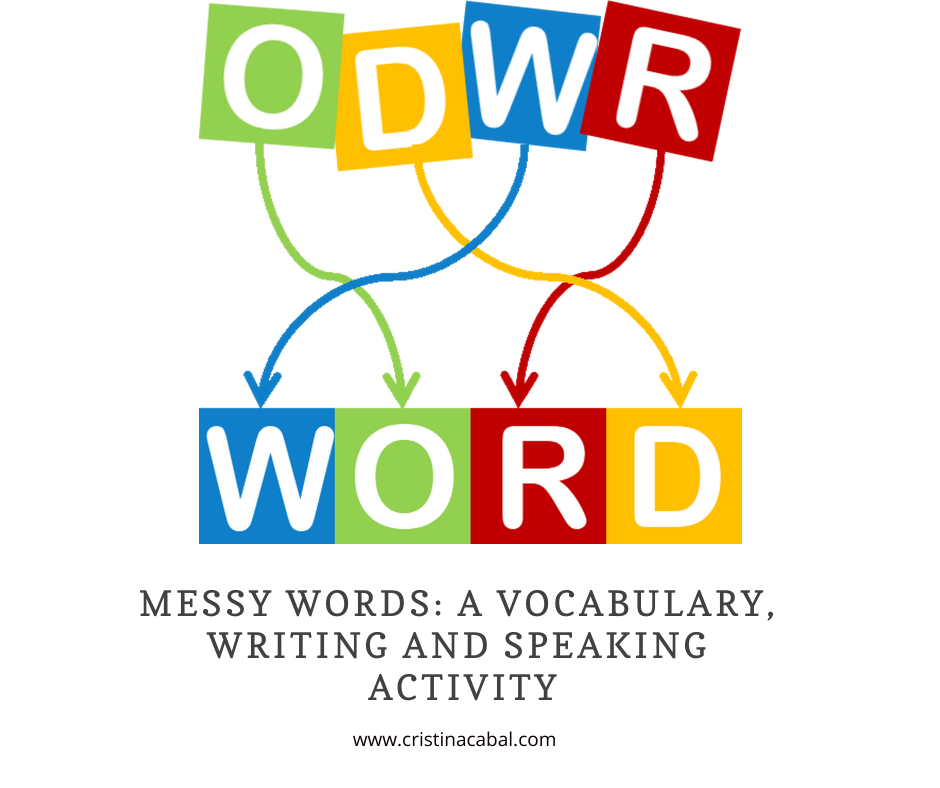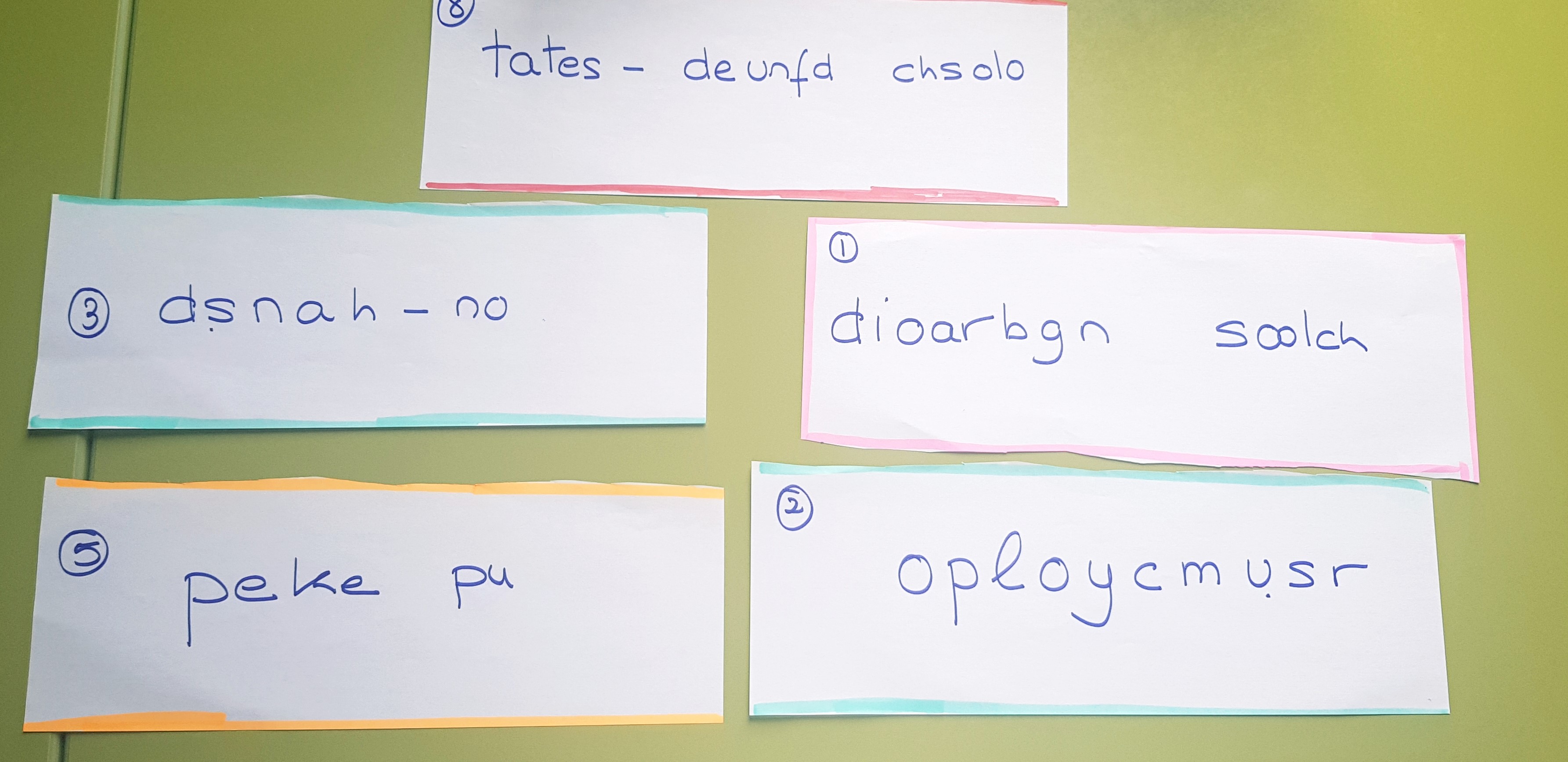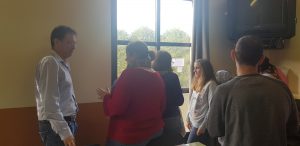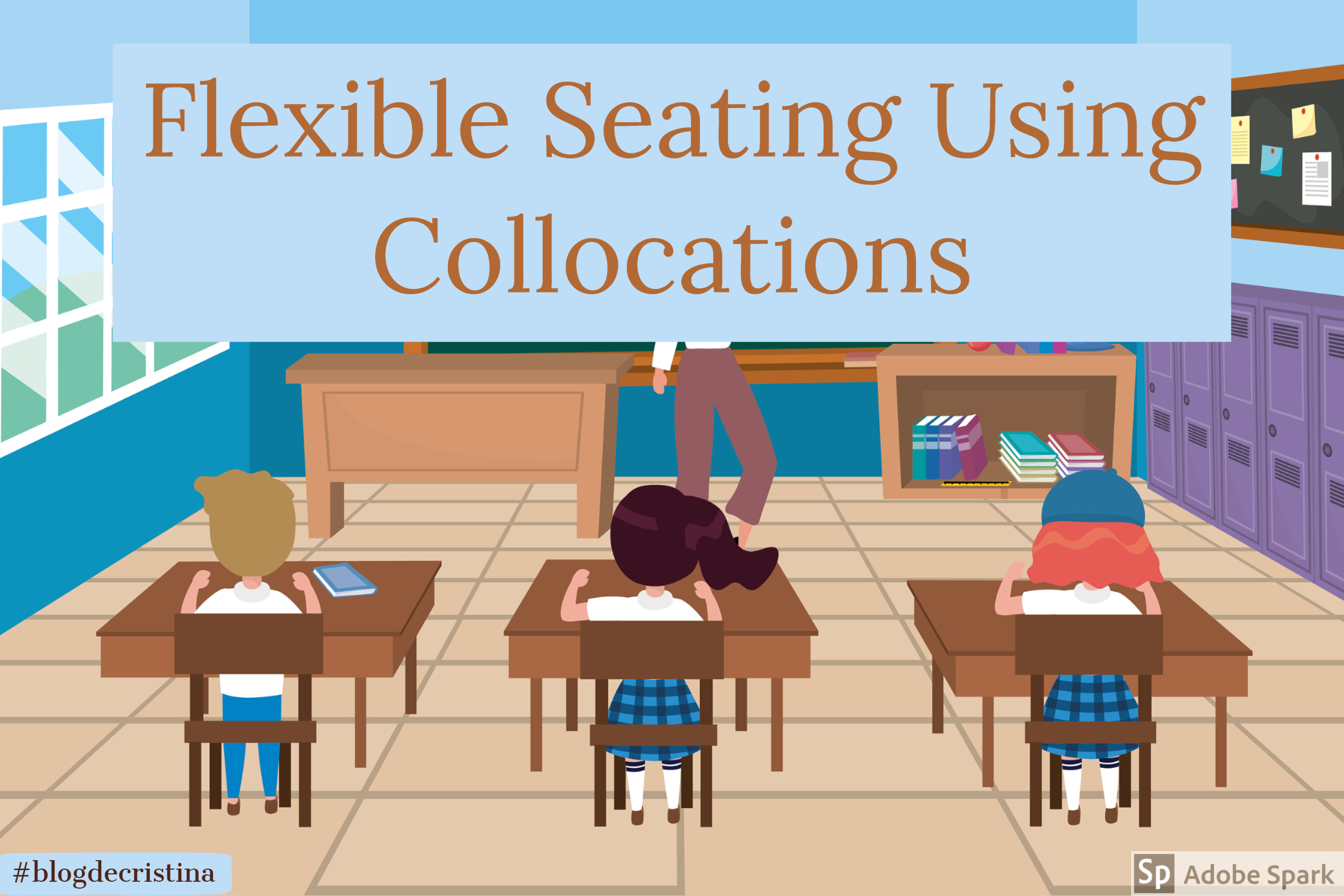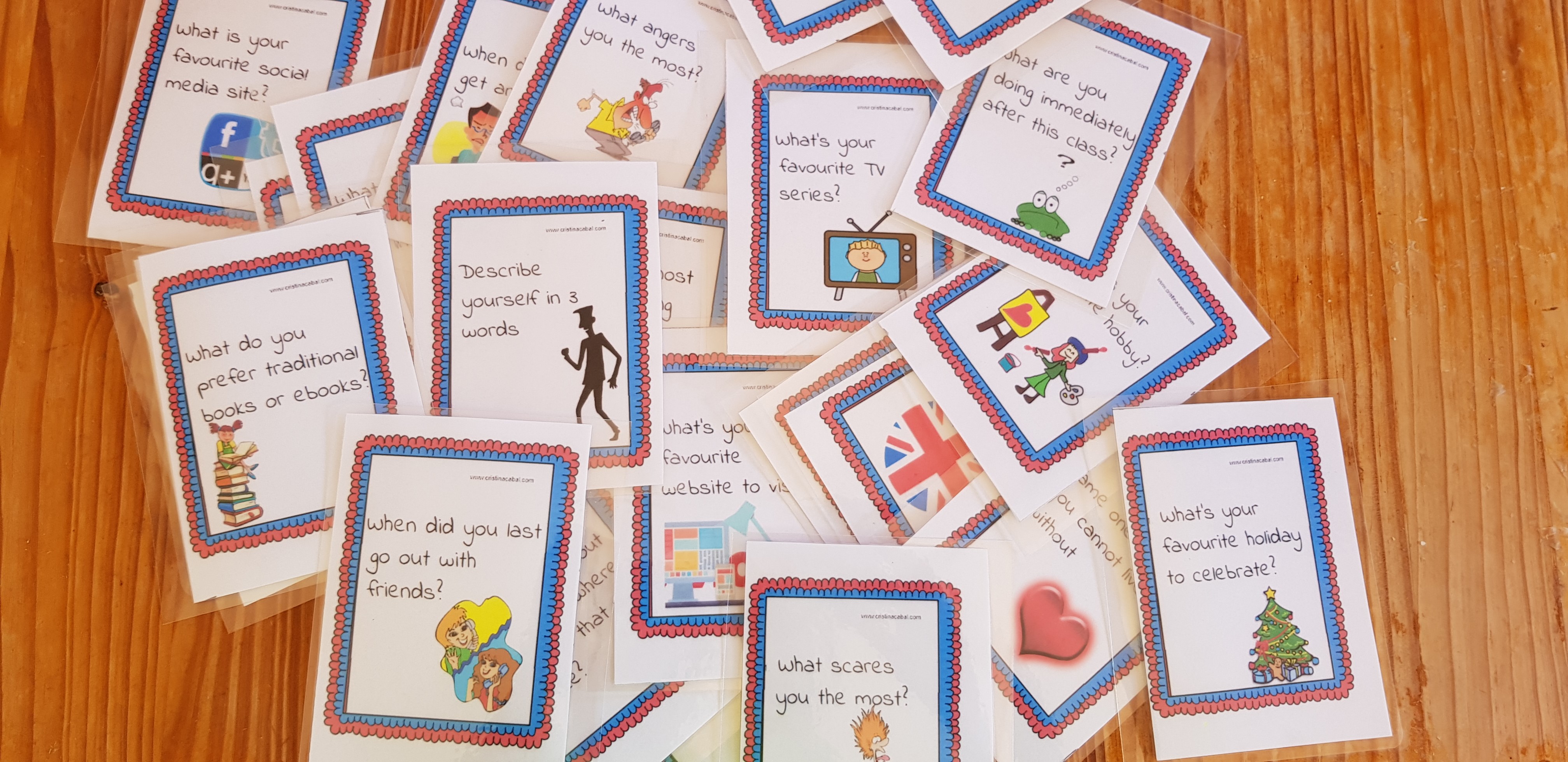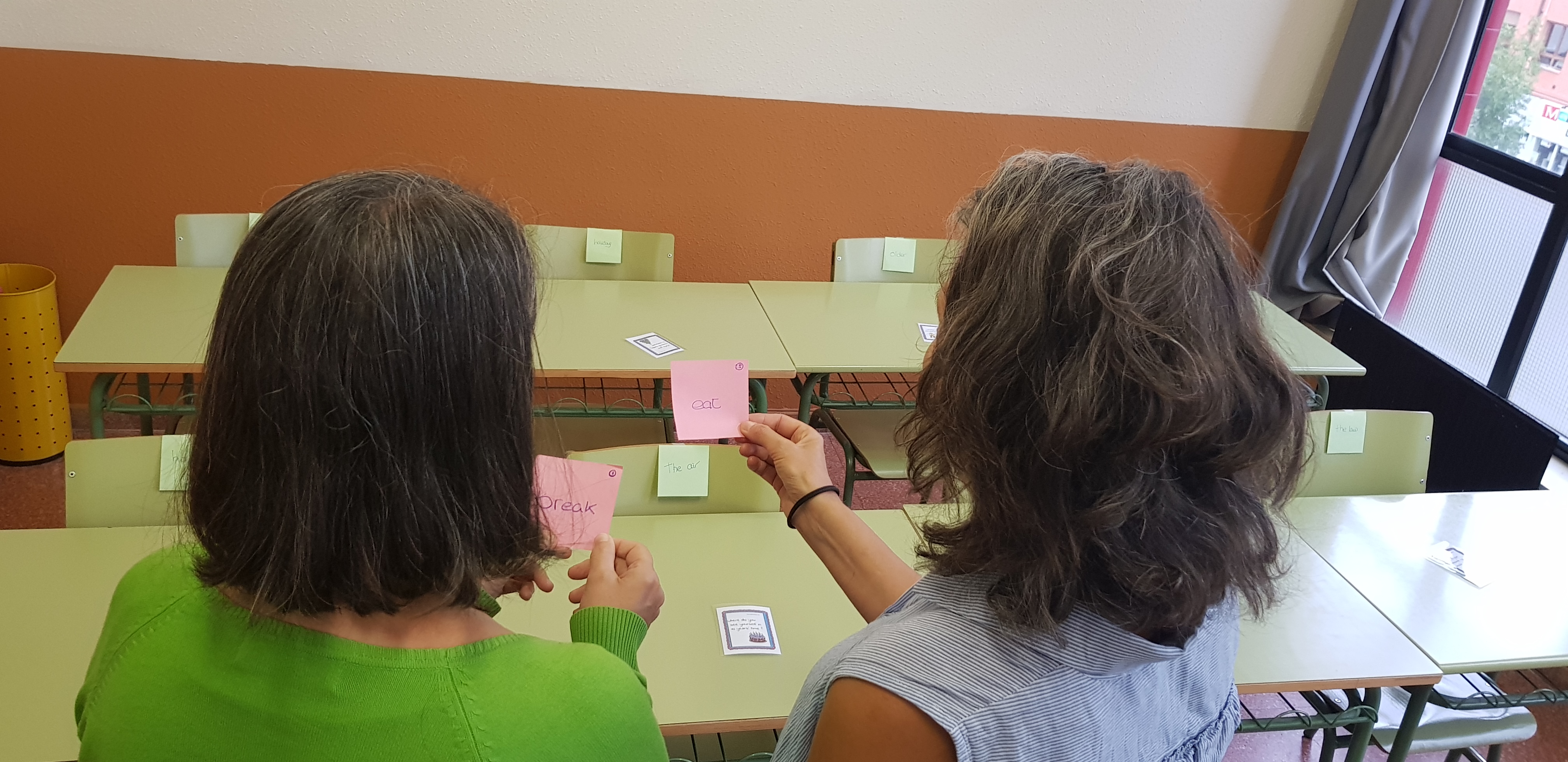I have realized something about myself today. Vocabulary revision games are my thing.
All my good lessons begin with revision. I make a point of beginning my classes revising what we learned the previous lesson. It takes five minutes, but I honestly believe it makes a big difference. The little game below takes exactly that, 5 minutes. Just saying.
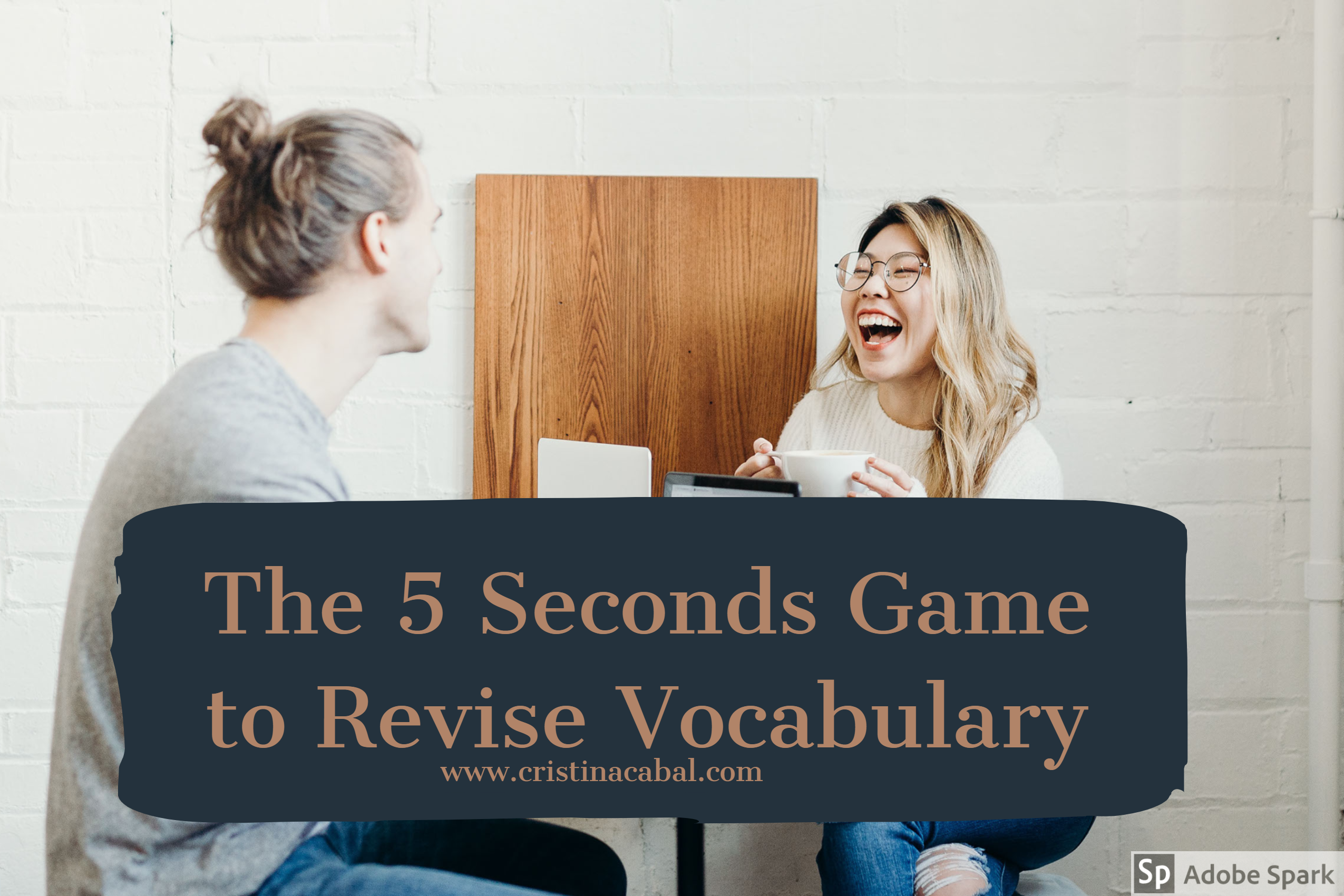
If you’ve been following this blog for some time, you probably know by now that one of my most nagging worries- shall I call it an obsession?- is teaching vocabulary about a certain topic and then hearing my students speak about the topic without a trace of the vocabulary we have been learning.
I never get angry. Believe me. I am a very nice teacher. But this,… I can hardly restrain myself.
So, again, I have designed a fun little activity to revise vocabulary, collocations…etc about any topic and I have called it “The 5 seconds game”.
Before the class:
Prepare a set of 7-10 small questions for each pair. They need to be quick questions. Have a look at my questions below. They are all about Unit 1 dealing with “Education”

In class:
- Ask students to choose a partner. After pairing up, each pair become a team and play against another team. So, we will have Team A and Team B ( 4 students)
- Tell teams you will ask each team X questions. After each question, they will have 5 seconds to think and when the bell rings, they will have to give the answer to the question at the same time. If the answer is the same and it is correct and they have answered at exactly the same time, they will score 1 point
- Say Team A starts. Ask them to sit facing each other and in clear view of Team B who will be listening to their answers very attentively and keeping score of the points they get.
- Ask the first question, mentally count 5 seconds, ring a bell or use any other device that makes noise and ask the two members of Team A to give the answer at exactly the same time. Team B will be in charge of making sure the rules are followed to the letter.
- Continue in the same way until the X questions have been answered.
- To reinforce, ask the questions again, but this time to the whole class.
- Repeat procedure for Team B with X new questions
VARIATION: In another group, I asked students to work in pairs, competing against each other and not against another pair. It also worked very well, probably better.
Thanks to Andrea and Paula for giving me permission to record them
Team A questions
- What do you call the school where you study and sleep?
- What preposition does “committed” collocate with?
- How do you pronounce “native”?
- Can you give me a synonym for “ obligatory?
- What’s the opposite of a “state school”?
- Which is correct “do your homework” or “make your homework”?
- Another way of saying “ to relax”
- “to assign” is a verb, what’s the noun?
Team B questions
- What do you call the school which trains students for employment?
- Which is correct “do an exam” or “make an exam”?
- When you pass an exam with high marks, you can say that you pass it with flying….?
- What do you call the money that you pay to attend a school?
- How do you pronounce the word “machine”?
- What preposition do you use with the verb ”keep” to mean “to go as fast as”?
- “To rehearse” is a verb, what’s the noun?
- What preposition does “ hopeless” collocate with?
